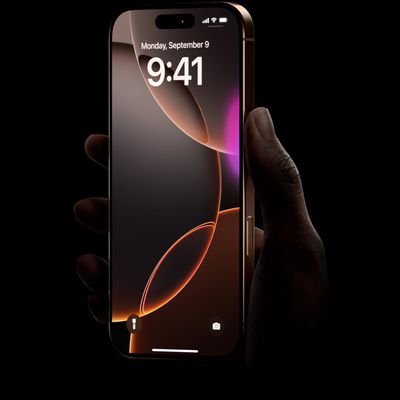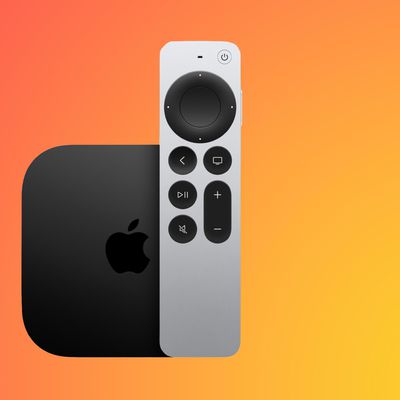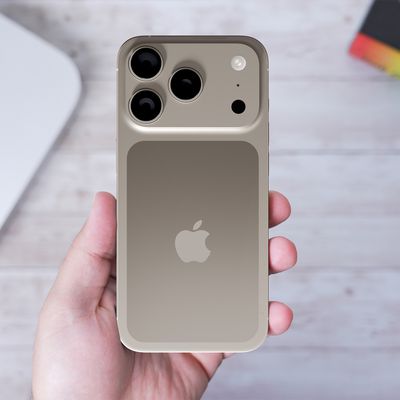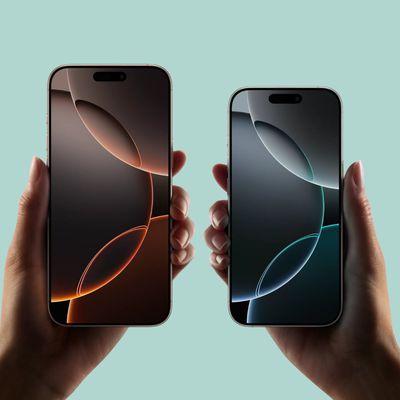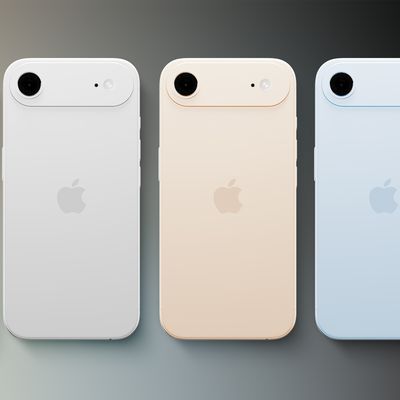Earlier today, Verizon became the third major U.S. iPhone carrier to announce a program designed to allow customers to upgrade their handsets more frequently. Verizon's "Edge" program, which launches August 25, will join AT&T's "Next" program introduced earlier this week and T-Mobile's "Jump" offering announced last week.
While the new frequent upgrade plans may seem appealing to some users, The Verge earlier this week highlighted how AT&T's Next program is actually a poor deal for most customers.
Through the program, customers end up double paying for their devices through both the new monthly handset payments and the portion of the monthly service charge that has traditionally been collected by the carrier to recoup its upfront handset subsidies. Assuming that $20 of AT&T's monthly service fees go toward recouping the carrier's handset subsidy, a customer looking to upgrade after 12 months would have paid $390 in device payments on a 16 GB iPhone 5 and $240 from monthly service fees, yielding total payments of $630 for the $650 device, although they also have to turn in the device to AT&T.
Verizon's Edge program appears to work in a similar manner, although perhaps with a slightly better deal than at AT&T. Splitting the $650 iPhone cost over 24 months yields monthly payments of just over $27, and thus a customer looking to upgrade after 12 months would have paid $325 in device payments and $240 from monthly service fees, making for total payments of $565 plus the device trade-in.
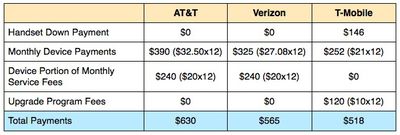
T-Mobile has addressed this issue by completely decoupling handset purchases from service charges, creating lower monthly service fees while moving the device costs into a separate no-interest financing plan. Under T-Mobile's Jump plan, a customer purchasing a 16 GB iPhone 5 with a retail price of $650 and then looking to upgrade after a year would pay the $146 down payment plus $252 in monthly device payments plus $120 in Jump program charges, making for total payments of $518 plus the device trade-in.
In all cases, customers would seem to be able to save some money by purchasing a contract-free phone upfront for $650 and then reselling it on their own terms whenever they wish to upgrade, almost certainly saving hundreds of dollars in the process. Customers looking to upgrade more frequently than once per year may do somewhat better, but still likely not better than simply purchasing a unsubsidized device directly.


